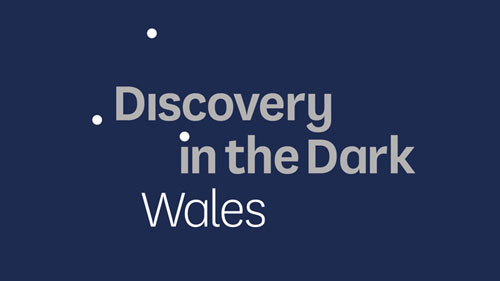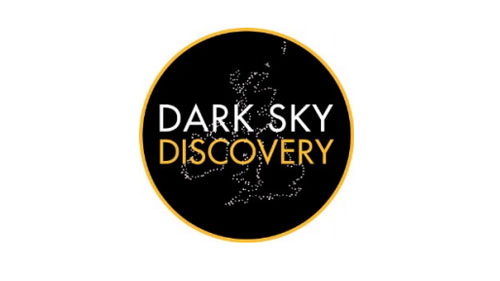Starry Skies Pembrokeshire
A partnership to enhance dark and starry skies in Pembrokeshire, and all the land and seascapes beneath, for wildlife, health, culture and heritage.
Contents
Starry Skies Pembrokeshire Partnership
The importance of reducing light pollution
Health and Exposure to Artificial Light at Night
Landscape and Cultural Heritage
Dark Skies for Recreation and Tourism
Artificial Outdoor Lighting and Safety
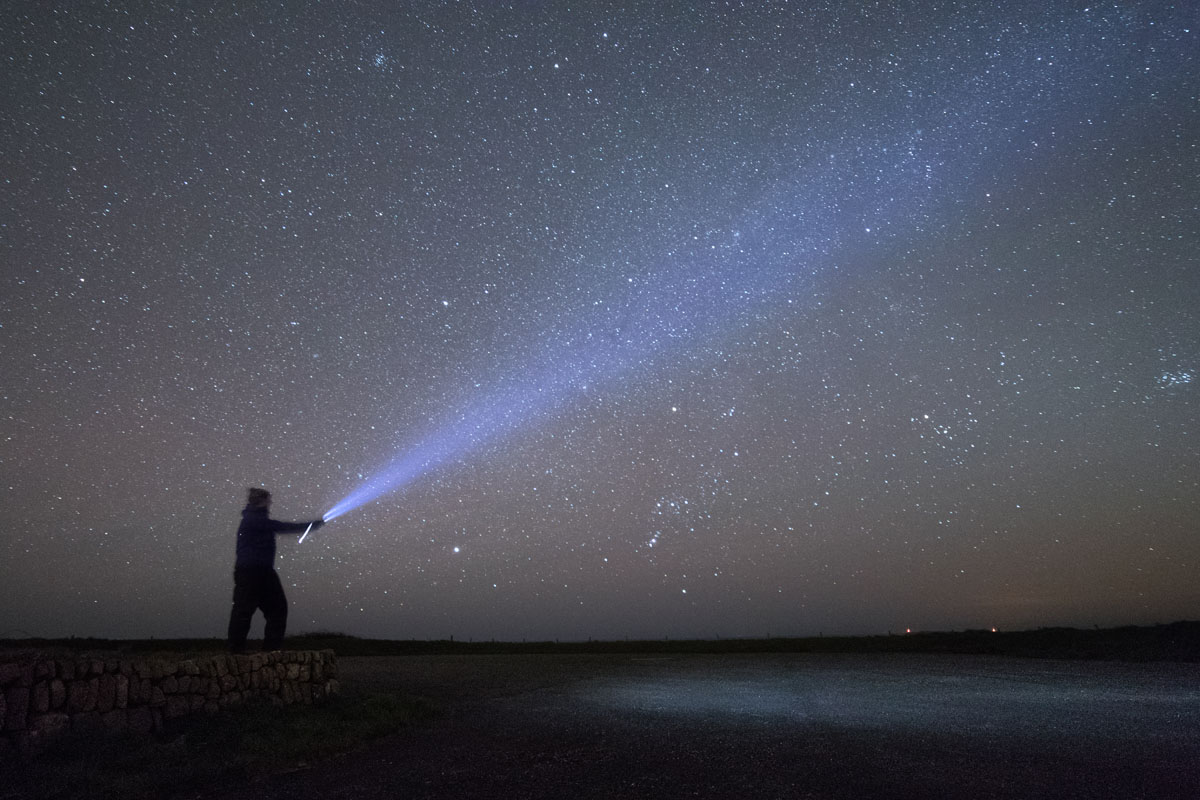
Why are starry skies important for Pembrokeshire?
“What is difficult to capture in words is the experience that people gain from looking up at the sky on a clear night in a place that is free from light pollution – where the stars and the full magnificence of the Milky Way can be appreciated. If you add into the mix a location that has natural beauty, night-time wildlife, heritage and cultural significance, peacefulness and tranquillity, as well as an established tourism infrastructure – then there are the truly optimal conditions for the full ‘dark skies’ experience.”
- – Discovery in the Dark 2017
Starry Skies Pembrokeshire Partnership
The members of this partnership are working together to protect and enhance the dark and starry skies in Pembrokeshire and in so doing, the land and seascapes beneath them because we believe they are important for wildlife, health, culture and heritage. The aim is also to look at ways in which nuisance from glare and other excess artificial light at night can be reduced.
The work of the partnership will be developed alongside other Wales and UK wide initiatives that are also looking at reducing light pollution and enhance dark skies including that of the All-Party Parliamentary Group for Dark Skies launched in January 2020 (see Further Information).
In this document you will find information about why reducing light pollution is important and some examples of what the partnership has achieved so far.
The partnership:
- Pembrokeshire Coast National Park Authority (PCNPA)
- Pembrokeshire County Council (PCC)
- Natural Resources Wales (NRW)
We will:
- Raise awareness of light pollution and its impact upon nature, landscape and cultural value as well as people’s health and well-being.
- Reduce light pollution through engaging local partners, communities and businesses.
- Identify areas experiencing or at risk from light pollution and that may have particular impact upon landscape, seascape or wildlife.
What is light pollution?
Light pollution is the inappropriate or excessive use of artificial light at night which can have serious environmental consequences for humans, wildlife, and our climate . Components of light pollution (source: International Dark Sky Association) include:
- Glare – excessive brightness that causes visual discomfort
- Skyglow – brightening of the night sky over inhabited areas
- Light trespass – light falling where it is not intended or needed
- Clutter – bright, confusing and excessive groupings of light sources
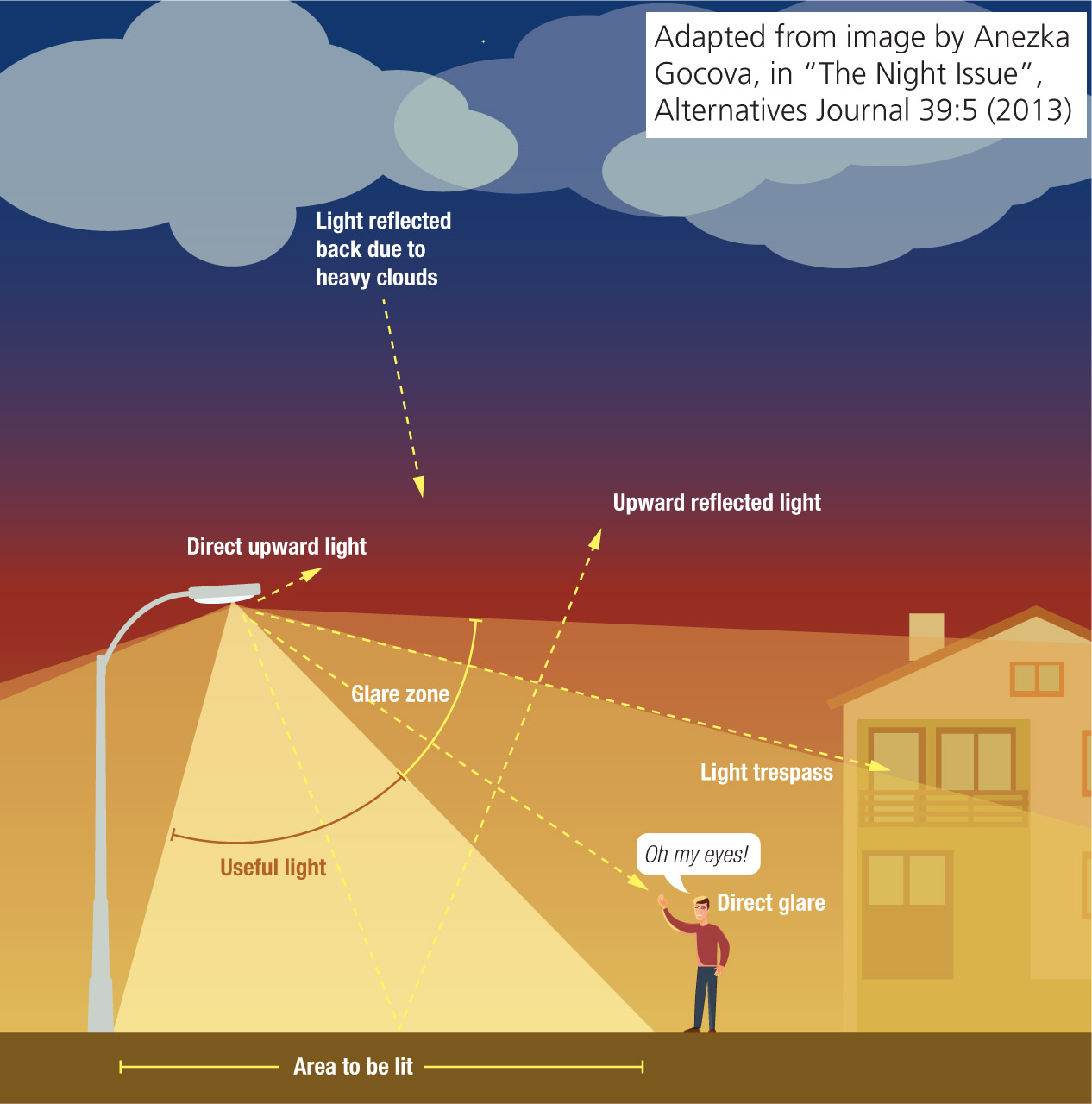 Infographic illustrating the different components of light pollution. Adapted from image by Anezka Gocova, in “The Night Issue”, Alternatives Journal 39:5 (2013).
Infographic illustrating the different components of light pollution. Adapted from image by Anezka Gocova, in “The Night Issue”, Alternatives Journal 39:5 (2013).
Light pollution is a consequence of our increasingly industrial and urbanised environment. 100 years ago it was hardly an issue, now light pollution sources include exterior and interior building lighting, advertising, security lighting, commercial properties, offices, industry, agricultural buildings, streetlights, and illuminated sporting venues. Increasingly, the advent of inexpensive powerful LED lights encourages excess levels of illumination and enabling human activity to extend into the night.
The reality is that much outdoor lighting used at night is inefficient, excessively bright, poorly targeted, improperly shielded, and even unnecessary. This light, as well as focusing on the actual objects and areas that people want illuminated, spills up into the sky, wasting electricity as it does so.
The importance of reducing light pollution
Reducing light pollution helps to protect nature, enhances landscape and seascape quality, and improves our perceptions of tranquillity and remoteness. Reducing night-time light conserves habitats essential for foraging and commuting wildlife. Improving night time darkness by lowering artificial light levels is good for people’s health and wellbeing, saves energy and cuts carbon emissions. Reducing light pollution means that visitors and residents can appreciate stars and landscape after nightfall. Adjusting or removing intense sources of light also reduces the glare and irritation that these can cause in our public and private environments.
The Pembrokeshire Coast National Park Management Plan 2020-2024 policy to “Protect and enhance dark night skies” has three impacts listed under it:
- Produce and promote supplementary planning guidance for Pembrokeshire on lighting for developments requiring lighting schemes (Pembrokeshire County Council and Pembrokeshire Coast National Park Authority).
- Engage with communities to reduce unwanted light.
- Promote good practice in regard to lighting, with enforcement where appropriate, focussing on installations indivisible with Dark Sky Discovery sites.
In addition the Pembrokeshire County Council and Pembrokeshire Coast National Park Local Development Plans are in the process of being replaced and will have policies to protect and promote dark skies. It is intended that these plans will be further strengthened by supplementary planning guidance from 2021 onwards.
Night Sky Quality Survey
Pembrokeshire has many locations with excellent night sky quality from which good views of the stars can be seen, however light levels from some of the towns and coastal industry reduces the night sky quality in some areas.
In 2015, Pembrokeshire Coast National Park Authority commissioned a survey of night sky quality across a number of locations within the National Park. The survey method was Sky Quality Meter with Lens (SQM-L) that measured the light levels in the sky. The results showed:
- visibility varies from place to place, and is primarily influenced by sunrise and sunset, so a site on the south coast may offer better visibility of certain constellations or stars than one to the north, even if the darkness rating is slightly lower
- all the darkest sites to be in the north, around the Preseli Hills
- due to the coastal nature of much of the National Park, the darkest skies are generally over the sea.
Main sources of light pollution
- Milford Haven
- Pembroke Dock
- Haverfordwest
- Tenby
- Saundersfoot
- St Davids (to a lesser extent)
Although the survey highlighted the impact of larger groupings of light upon dark sky quality, in terms of landscape character, sometimes individual or smaller sets of lights such as road lighting, or lighting from shipping could also have an impact upon the landscape quality at night whereby the dark character can be disrupted by lighting incongruous to a rural setting.
Due to the National Park land mass being largely a linear coastal zone and including the Preseli hills and Daugleddau estuary, the total area of the Park is not sufficiently large to gain a designation such as Dark Sky Reserve from the International Dark Sky Association (IDA). Even if the whole of Pembrokeshire was to be taken into account the light intensity and height of the petrochemical industry infrastructure would have a severe negative impact upon the ability to meet IDA standards and requirements for a dark sky reserve or similar. With this in mind a necklace of Dark Sky Discovery Sites has been established to showcase the night skies in Pembrokeshire.
Dark Sky Discovery Sites
From the Night Sky Quality Survey a number of sites were put forward for consideration as Dark Sky Discovery Sites. These sites were selected from:
- publicly-accessible locations
- National Park Authority owned or managed sites
- National Trust owned sites
To date, the UK Dark Sky Discovery Partnership has approved eight Dark Sky Discovery Sites in Pembrokeshire.
These sites provide great views and which are accessible to everyone. Dark Sky Discovery Sites can be nominated by local groups and organisations as their top local spot to see the stars. To nominate a site there needs to be a light quality survey and an assessment of the location where other qualities are also assessed, such as access for wheelchairs, parking etc. Further details on this can be found on the Dark Sky Discovery website.
The map shows where the sites are, remember these are the sites approved by the Dark Sky Discovery Partnership following the recommendations from the PCNPA suggested sites, there are many more places that also have excellent views of the stars.
The Dark Sky Discovery Partnership sets out two clear categories of Dark Sky Discovery sites. There are two darkness ratings: Orion sites and Milky Way Sites. The Milky Way sites are the darkest and only found in rural areas.
- Orion sites – the seven main stars in the winter constellation Orion are visible to the naked eye.
- Milky Way sites – much darker sites where the Milky Way is visible to the naked eye.
The Starry Skies Pembrokeshire Partnership are seeking to conserve and potentially extend not just the Dark Sky Discovery Sites but also to create, expand, link up and promote dark areas across Pembrokeshire. This can only be done through partnership working and engagement with local communities, agencies and businesses. Some of the improvements may be easier to achieve than others and reducing light levels of some of the larger coastal industry will be challenging in the face of existing infrastructure and industry policy and practice. Other challenges include:
- lights from shipping that can have an impact upon the landscape or seascape quality at night, whereby the dark character can be disrupted by lighting incongruous to the natural setting.
- Individual spotlights on properties causing glare to neighbours or passers-by, or is visible across great distance.
- Reducing street lighting in towns and villages and rural highways.
Nature
Life on earth has developed and relied on Earth’s predictable rhythm of day and night. Almost all life on earth adheres to a circadian rhythm — the biological clock — a sleep-wake pattern governed by the day-night cycle. The behaviour of almost all plants and animals is governed by this cycle. Behaviours such as reproduction, sleep, feeding and protection from predators are all influenced by the light and dark cycles in a 24 hour period. By lighting up the night, people have drastically disturbed this rhythm.
Artificial light at night has negative and sometimes fatal effects on nature including reptiles, amphibians, birds, mammals, insects, fungi and plants. Although all animals are affected by light pollution, nocturnal animals are particularly vulnerable. As nocturnal animals sleep during the day and are active at night, light pollution fundamentally alters their night time environment.
Many predators use light to hunt, and prey animals use darkness as cover. Light pollution makes animals more vulnerable to predation, delay their emergence, or restrict their activity. Many invertebrates are repelled by light, including water fleas, earwigs, woodlice and earthworms. Some nocturnal pollinators avoid lit areas, adversely affecting the plants that rely on them, whilst some moths will gather under light sources, making them vulnerable to predation, traffic and disrupting their normal behaviour.
As many as one-third of insects attracted to street lights will die as a result (source: Wakefield A, Stone EL, Jones G, Harris S. 2015 Light-emitting diode street lights reduce last-ditch evasive manoeuvres by moths to bat echolocation calls. Royal Society Open Science, 2: 150291. DOI: 10.1098/rsos.150291.).
The colour perception of many moths are disrupted by artificial light, preventing them from finding flowers and mates. Artificial light can have an impact upon lifecycle, mating or navigation patterns that rely on moon cycles and so reduce populations.
In Pembrokeshire, many hundreds of birds, including Manx shearwaters, are estimated to die every year as they collide with illuminated coastal developments and shipping. Pembrokeshire is reported to be home to 14 out of 16 UK bat species, and the rare greater and lesser horseshoe bats are particularly vulnerable to light pollution.
Animals in Pembrokeshire that are particularly vulnerable to light pollution include:
- Bats, especially the rarest horseshoe and barbastelle bats
- Glow worms (light affects their ability to glow and to detect other glow-worms)
- Manx Shearwaters
- Butterflies with nocturnal caterpillars, such as Wall Brown and Grayling
- Moths
- Riverflies and other invertebrates.
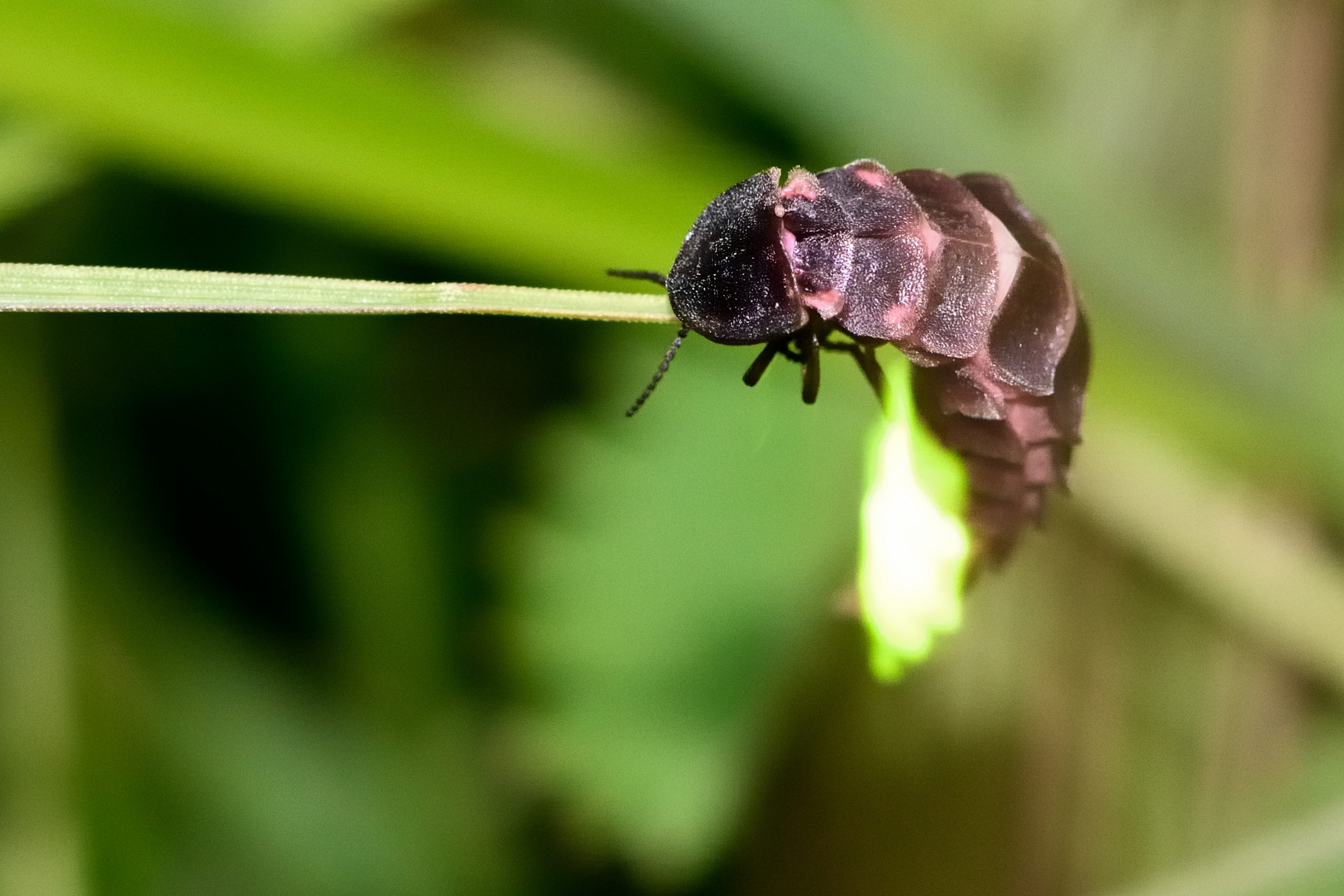
Health and Exposure to Artificial Light at Night
In 2017 researchers won the Nobel Prize in Physiology or Medicine for the discovery of molecular mechanisms controlling the circadian rhythm. Circadian rhythm is also known as the ‘body clock’. This research helped to explain how important night time darkness is to the healthy function many organisms including humans. Other research suggests that artificial light at night can negatively affect people’s health, increasing the risk for problems like obesity, depression, sleep disorders, diabetes and breast cancer.
One of things night time darkness is important for in humans is the production of melatonin. If there is no night time darkness the body is unable to produce melatonin. Melatonin helps keep us healthy. It has antioxidant properties, induces sleep, boosts the immune system, lowers cholesterol, and helps the functioning of the thyroid, pancreas, ovaries, testes and adrenal glands.
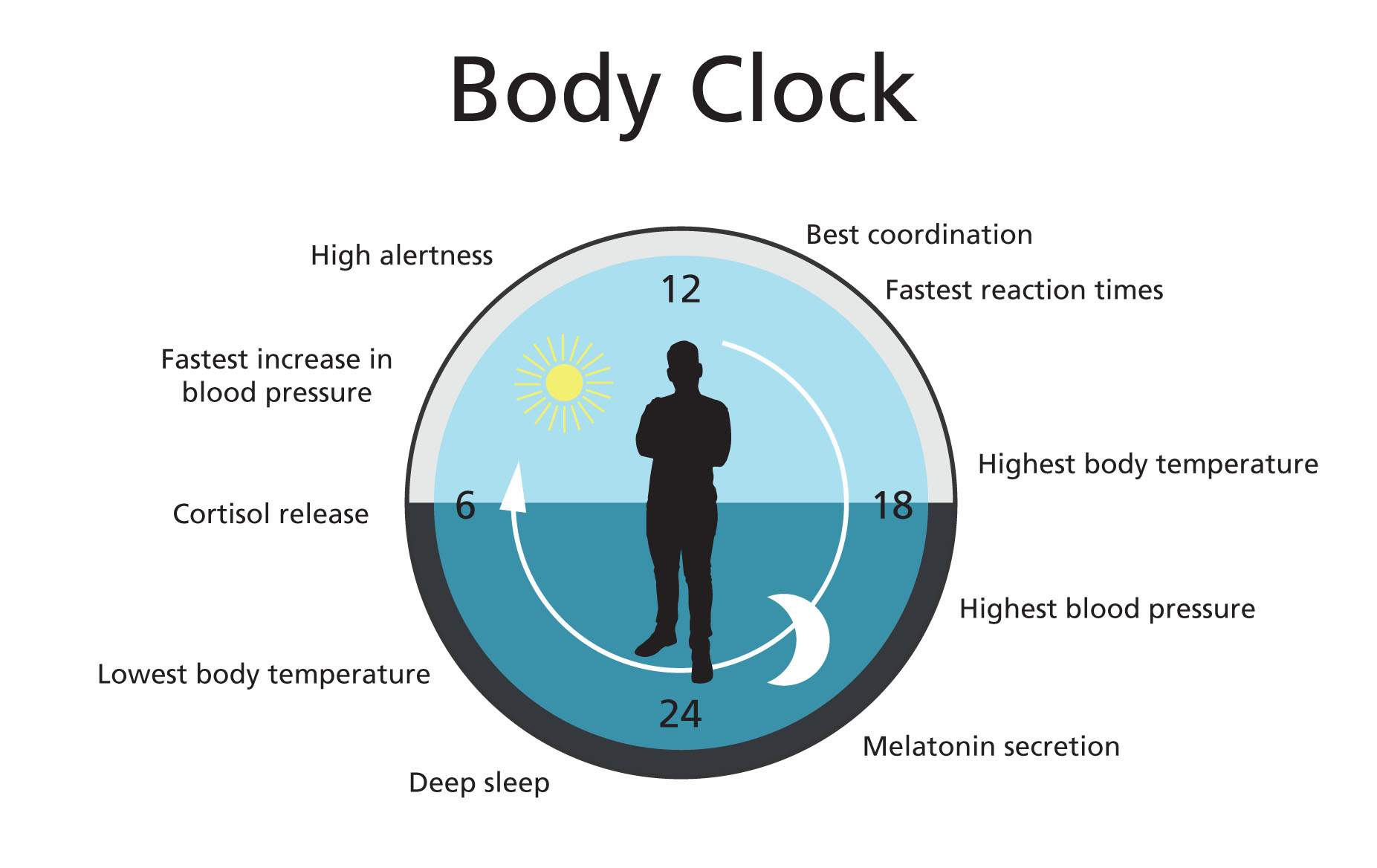
Landscape and Cultural Heritage
Throughout human history, our ancestors have experienced a sky glistening with stars: a night sky that inspired science, religion, philosophy, art and literature, including tales of the Mabinogion. Profoundly the starry night sky is humankind’s common and universal heritage, yet it’s rapidly becoming unseen and unknown to us and our children.
In rural settings like Pembrokeshire, a dark landscape is one of the qualities that defines its uniqueness from urban and suburban settings. As developments in the countryside get bigger and the nature of the rural economy changes, e.g. towards diversification, so too does the nature of artificial light. This, coupled with brighter and inexpensive LED lighting that penetrates the dark far more than traditional sodium lighting, disturbs the character and ambience of the rural nightscape.
The starry night sky has, for millennia, been used by our ancestors for navigation; prior to the inventions of detailed maps and sophisticated instruments, navigation by the stars was vital. Alongside this however is the almost ‘instinctive’ sense that ‘light’ means safety, in prehistoric times people would have been easy prey in the dark. The extensive use of increasingly bright ‘safety and security’ lighting may be linked to this.
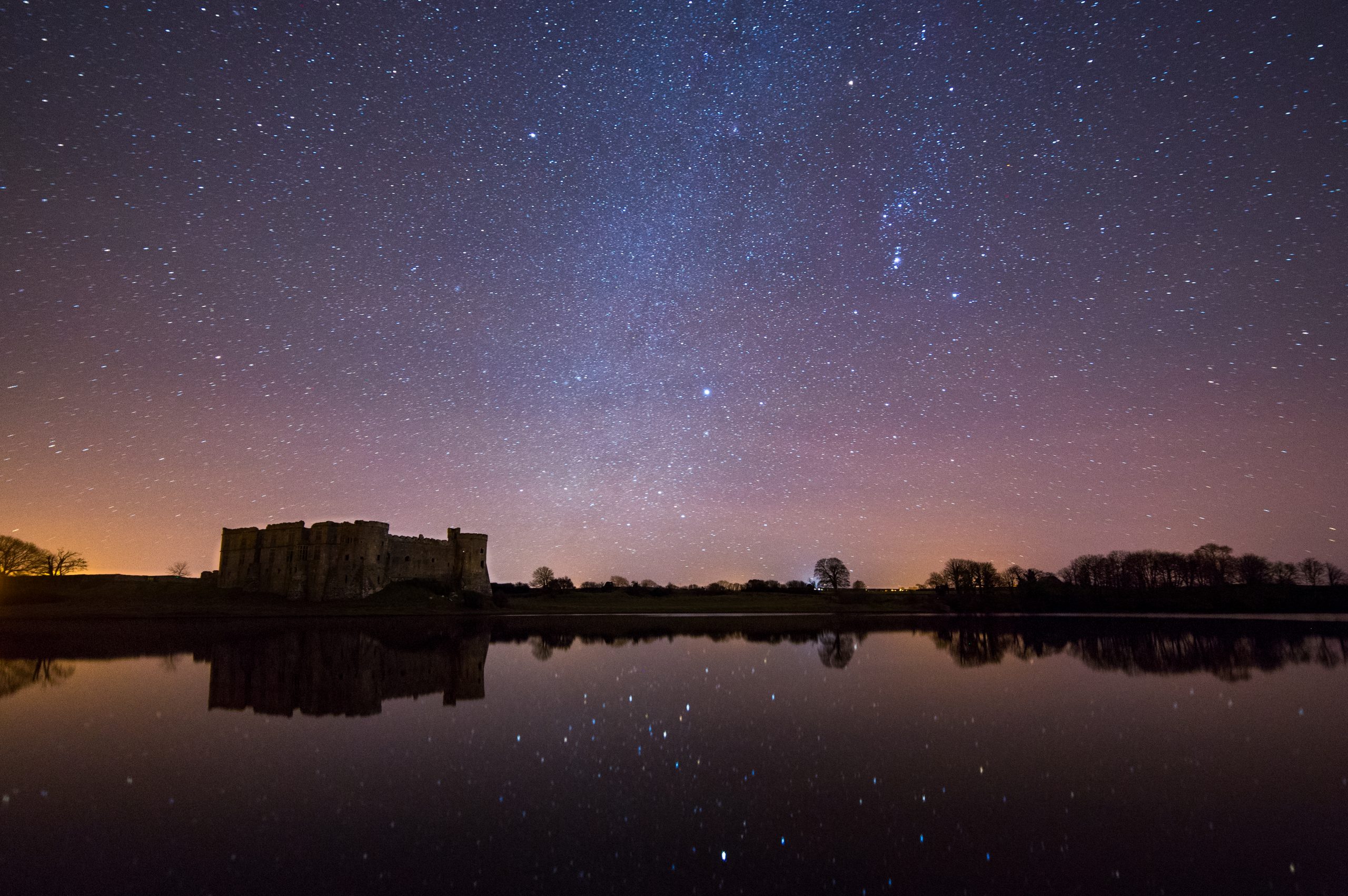
“It is important for us to change our perceptions and our understanding and appreciation of landscapes and the tranquillity and remoteness associated with dark skies. It should be understood that darkness and the view of the stars is strongly related to health and well- being, and that we have a need for connection to the natural world and ‘getting away from it all’. This has become even more important due to our increasingly urbanised society and disconnection from nature”(source: Landscape Institute Advice Note on Tranquillity).
Preserving the landscape character both in the day and at night is important, and engaging individuals, communities and businesses in understanding this is essential. There is, therefore, a need to change our attitude towards light levels and duration at night.
Dark Skies for Recreation and Tourism
As well as preserving the night-scape character of Pembrokeshire for its own sake, there is also a benefit to reducing light pollution for tourism, not just for astro-tourism but also because being in rural darkness is special in itself.
Being known for high quality dark skies provides business opportunities at several levels to attract new and repeat visitors, to extend the tourist season into off-peak periods, and to provide better visitor experiences.
Benefits to tourism
Direct
- Events/activities/holiday packages – stargazing, night mountain biking events, bat walks, etc.
- Sale/ hire of equipment – telescopes, mobile planetariums, night scopes, bat detectors etc.
- Marketing dark skies credentials/unique selling points such as astronomy, wildlife, sport
Indirect
- Advertising other dark skies events locally enhances motivation to visit.
- Being part of a wider ‘initiative’ can have spin-off benefits.
- Cost savings through reducing light output/energy consumption to contribute to overall ‘night-scape’ and enhance green tourism credentials which is a proven attraction for key markets.
(source: National Park Wales’ Discovery in the Dark Wales business tool kit)
Artificial Outdoor Lighting and safety
Research is mixed as to if brighter outdoor lighting actually creates safer communities, and some research shows that lighting can actually help criminals find and access buildings (source: International Dark Sky Association website).
Glare from poorly shielded outdoor lighting is also harmful to your health, as it reduces the eye’s ability to see contrast and therefore the ability to see potential dangers at night. Aging eyes are especially affected. This issue applies to night time driving, and could make some drivers less safe.
Evidence indicates that exposure to blue light at night is particularly harmful to health and also disruptive to wildlife. Unfortunately, most LEDs used for outdoor lighting — as well as computer screens, TVs, and other electronic displays — create abundant blue light. Blue light is usually brighter and can penetrate the darkness further.
There is a growing tendency for the use of LED lights on commercial and private buildings to flood the immediate environs in light for security and/or convenience. These are often at low level, or angled so that they cause an intense impact on our vision, and in many cases are kept on throughout the night. This proliferation should be deterred to prevent this type of intrusion becoming ‘normalised’ and having an impact on both human and natural environments.
The illumination of our streets has increased over time, and there is now a trend towards LED lights for their improved economy and colour rendition. At the same time there is a growing realisation that some of our street lights can be turned off during the ‘off-peak’ hours with no significant adverse effects, and this is to be encouraged.
What Starry Skies Pembrokeshire Partnership has done so far
- Manx Shearwater Poster for shipping: an information poster has been produced, translated into many languages, to inform mariners of how lights on ships can attract Manx Shearwaters, how to reduce the impact of marine lighting and what to do with any birds found stranded on a ship
- Housing Lighting Guidance for local social housing providers
- Light Sensitive Mapping and Biodiversity Report
- Review of local authority school external lighting
- Both PCNPA and PCC are working on Supplementary Planning Guidance for lighting
- PCNPA have begun a process of engaging Community Councils
- Featured in Coast to Coast
Further Information
- International Dark Skies Association website
- Research and reports on health and wildlife: Campaign for Dark Skies website
- Discovery in the Dark Wales website
- All-Party Parliamentary Group for Dark Skies
Contacts
Hannah Buck,
Health and Tourism Policy Officer,
Pembrokeshire Coast National Park Authority
Email Hannah Buck
Related downloads and links
Starry Skies Pembrokeshire report
A partnership to enhance dark and starry skies in Pembrokeshire, and all the land and seascapes beneath, for wildlife, health, culture and heritage.
